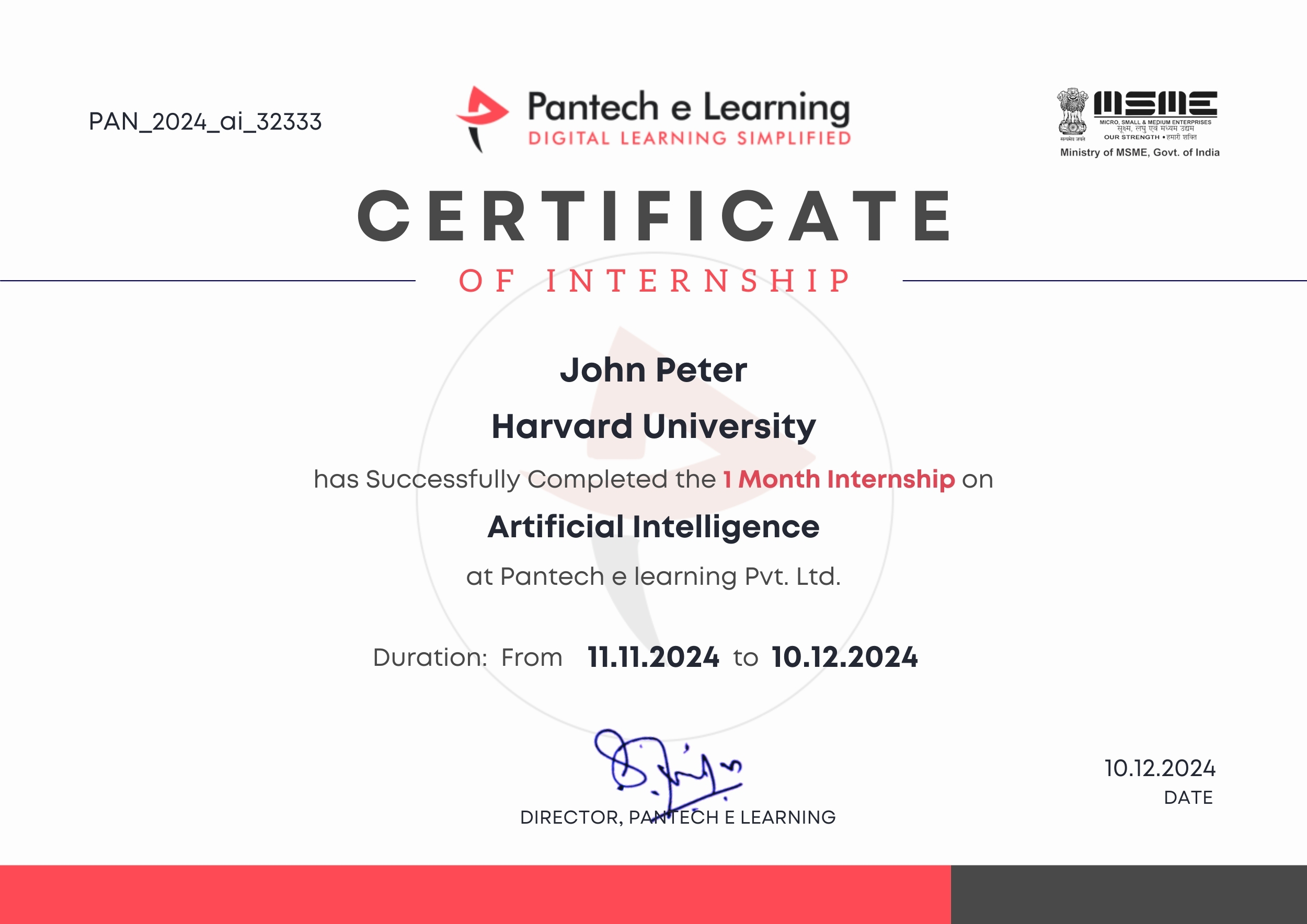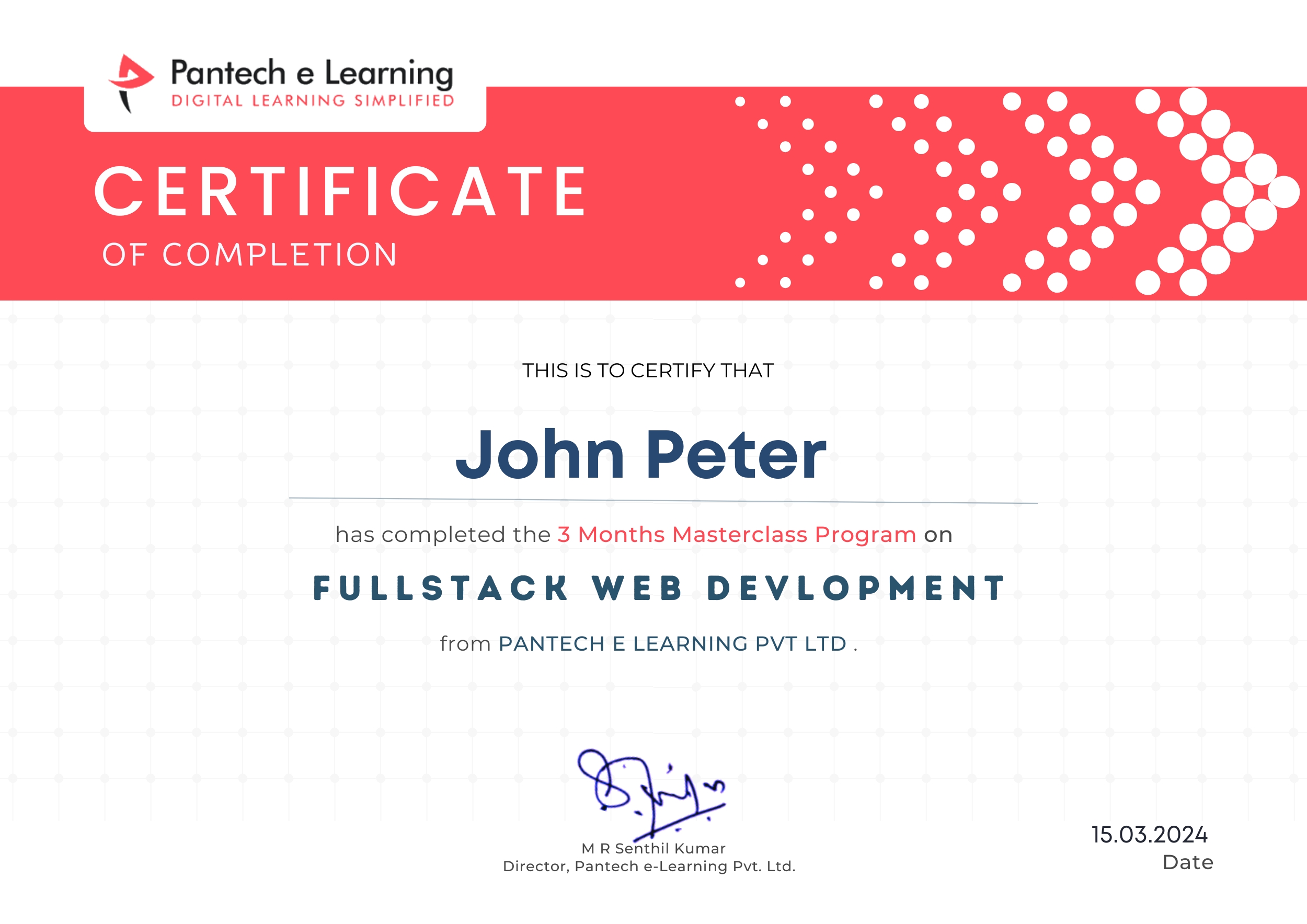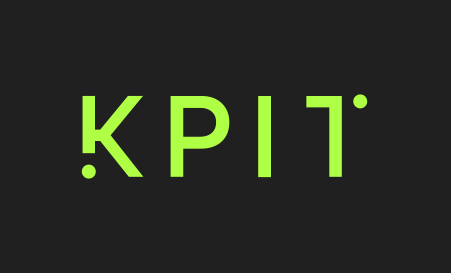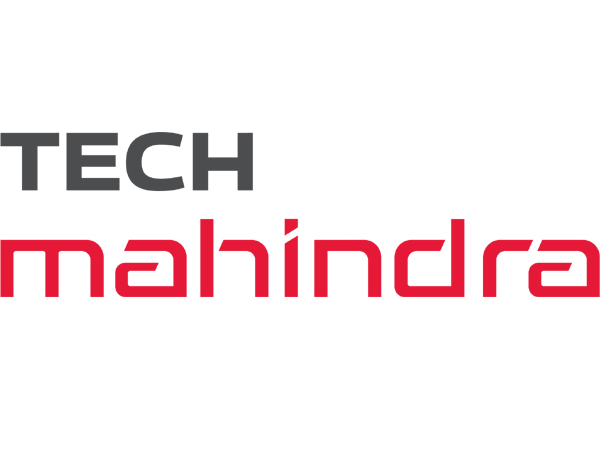
Database Management System
Internship 2025
Career-Based Complete Database Management System Internship Program. Get Insights into: DBMS, SQL and MongoDB concepts with Project Implementation and Assignments. Stay Updated on Latest Industrial Updates.
1/ 2 Months
Online
8+ Live Projects
Dual Certification
Ultimate Step towards your Career Goals: Expert in DBMS Technologies
Get ahead with the FutureTech Industrial Internship Program: gain hands-on experience, connect with industry leaders, and develop cutting-edge skills. Earn a stipend, receive expert mentorship, and obtain a certificate to boost your career prospects. Transform your future with practical, real-world learning today
Internship Benifits
Mentorship
Receive guidance and insights from industry experts.
Hands-on Experience
Gain practical skills in a real-world cutting-edge projects.
Networking
Connect with professionals and peers in your field.
Skill Development
Enhance your technical and soft skills.
Career Advancement
Boost your resume with valuable experience.
Certificate
Get a certification to showcase your achievements.
DBMS Internship Overview
DBMS Architecture, Data Models
- DBMS Architecture: Describes the structure and components of a database management system (DBMS), including the internal architecture (e.g., storage, transaction manager, query processor).
- Data Models: Defines the logical structure of the database. Common models include relational, hierarchical, network, object-oriented, and document-based.
DBMS – Data Schemas, Data Independence
- Data Schemas: Defines the organization of data within the DBMS. The schema provides the structure, constraints, and relationships.
- Data Independence: The ability to change the schema at one level without affecting the schema at the next higher level. Types include logical and physical data independence.
DBMS – ER Model Basic Concepts, ER Diagram Representation, Generalization, Aggregation
- ER Model: The Entity-Relationship model is used for data modeling. It visually represents data entities and their relationships.
- ER Diagram Representation: Diagrams that show entities (rectangles), relationships (diamonds), and attributes (ovals).
- Generalization: A process of extracting shared characteristics from multiple entities and creating a higher-level entity.
- Aggregation: A concept in ER models that is used to express a relationship between a relationship set and an entity set.
DBMS – Codd’s Rules, Relational Data Model, Relational Algebra
- Codd’s Rules: A set of 13 rules proposed by Edgar F. Codd to define what constitutes a relational database management system (RDBMS).
- Relational Data Model: Defines the data in the form of relations (tables). Attributes represent the columns, and records represent the rows.
- Relational Algebra: A procedural query language used to query relational databases using operations like selection, projection, union, intersection, etc.
DBMS – ER to Relational Model, SQL Overview
- ER to Relational Model: The process of converting an ER diagram into a relational schema, where entities are converted to tables and relationships to foreign keys.
- SQL Overview: SQL (Structured Query Language) is used for querying, managing, and manipulating databases.
Database Normalization, Database Joins
- Database Normalization: The process of organizing the data in the database to minimize redundancy and dependency. Normal forms (1NF, 2NF, 3NF, BCNF) are used to ensure data integrity.
- Database Joins: Techniques to combine rows from two or more tables based on related columns. Types include INNER JOIN, LEFT JOIN, RIGHT JOIN, and FULL JOIN.
DBMS – Storage System, File Structure
- Storage System: Describes how data is stored in the database, typically in disk files. It involves methods of storing, retrieving, and indexing the data efficiently.
- File Structure: The organization of data on physical storage media, which impacts performance and data retrieval.
DBMS – Indexing, Hashing
- Indexing: An indexing mechanism improves the speed of data retrieval operations by providing faster access to rows in a table.
- Hashing: A technique used to map data to a fixed size through hash functions. It is often used for indexing.
SQL – Overview, RDBMS Concepts, Databases
- RDBMS Concepts: Relational Database Management Systems (RDBMS) manage data in tabular form. They ensure data consistency, integrity, and security.
- Databases: A structured set of data that is stored and managed by a DBMS.
SQL – Syntax, Data Types, Operators
- SQL Syntax: The set of rules that defines the structure of SQL queries.
- Data Types: Specifies the type of data (e.g., INTEGER, VARCHAR, DATE, etc.) that a column can hold.
- Operators: Used to perform operations on data (e.g., arithmetic operators, comparison operators, logical operators).
SQL – Expressions, Create Database, Drop Database
- Expressions: SQL expressions are combinations of symbols, operators, and constants that SQL interprets to compute a value.
- Create Database: Command used to create a new database.
- Drop Database: Command used to delete a database.
SQL – Alter Table, Drop Table, Delete Table, Constraints
- Alter Table: Command used to modify an existing table structure (add/remove columns, change data types).
- Drop Table: Command used to delete a table and its data.
- Delete Table: Similar to Drop Table, it removes the table.
- Constraints: Rules applied to data columns (e.g., NOT NULL, UNIQUE, PRIMARY KEY).
SQL – Insert Query, Select Query, Update Query
- Insert Query: Used to add new rows of data into a table.
- Select Query: Used to retrieve data from a table.
- Update Query: Used to modify existing data in a table.
SQL – Delete Query, Constraints
- Delete Query: Removes specific rows of data from a table based on a condition.
- Constraints: Conditions or rules that ensure the integrity of the data.

Looking for in-depth Syllabus Information? Explore your endless possibilities in DBMS with our Brochure!
share this detailed brochure with your friends! Spread the word and help them discover the amazing opportunities awaiting them.
Project Submission: Example Output Screenshots from Our Clients
Take a look at these sample outputs crafted by our clients. These screenshots showcase the impressive results achieved through our courses and projects. Be inspired by their work and visualize what you can create!













Dual Certification: Internship Completion & Participation
Earn prestigious Dual Certification upon successful completion of our internship program. This recognition validates both your participation and the skills you have honed during the internship


How does this Internship Program Work?
Step 1 Enroll in the Program
- Get a Mentor Assigned
- Presentations & Practice Codes
- Learn at your Flexible Time
- Apprehend the concepts
Step 2 Project Development
- Implement Skills Learn
- Develop Projects with assistance
- Get Codes for Reference
- Visualise the Concepts
Step 3 Get Certified
- Certificate of Internship
- Project Completion Certificate
- Share on social media
- Get Job Notifications
Choose Your Plan fit your needs
Master the Latest Industrial Skills. Select a technology domain & kick off your Internship immediately.
1 Month
₹1999/-
₹999/-
- Internship Acceptance Letter
- 90 Days from the date of payment
- 4 LIVE intractive Mastermind Sessions
- 4+ Capstone Projects & Codes
- Full Roadmap
- Internship Report
- 1 Month Internship Certificate
2 Month
₹3299/-
₹1899/-
- Internship Acceptance Letter
- 180 Days from the date of payment
- 4 LIVE interactive Mastermind Sessions
- 12+ Capstone Projects & Codes
- Full Roadmap
- Internship Report
- Participation Certificate
- 2 Month Internship Certificate
Our Alumni Employers
Curious where our graduates make their mark? Our students go on to excel in leading tech companies, innovative startups, and prestigious research institutions. Their advanced skills and hands-on experience make them highly sought-after professionals in the industry.









EXCELLENTTrustindex verifies that the original source of the review is Google. I recently completed my Python internship under the guidance of Mentor poongodi mam We learnt so many new things that developed my knowledge.this experience is good to learnTrustindex verifies that the original source of the review is Google. I completed my python internship guidance of mentor poongodi mam. She thought us in friendly qayTrustindex verifies that the original source of the review is Google. Poongodi mam done very well She took the class very well When we ask any doubt without getting bored she will explain,we learned so much from mam,marvelousTrustindex verifies that the original source of the review is Google. I have handled by poongodi mam.domain python intership...was goodTrustindex verifies that the original source of the review is Google. I recently completed Python internship under the guidance of poongodi mam who excelled in explaining concepts in an easily understandable wayTrustindex verifies that the original source of the review is Google. Fantastic class we were attended..we got nice experience from this class..thank you for teaching python mam...Trustindex verifies that the original source of the review is Google. -The course content was well-structured - I gained valuable insights into microcontrollers, sensors, and programming languages- The workshop was informative, interactive, and challenging, pushing me to think creatively. Ms Jimna our instructor her guidance and feedback helped me overcome obstacles and improve my skills.Trustindex verifies that the original source of the review is Google. The learning experience was really worth since more than gaining just the knowledge all of the inputs were given in a friendly and sportive manner which then made it a good place to learn something with a free mindset... 👍🏻Trustindex verifies that the original source of the review is Google. I recently completed my full stack python intership under the guidance of mentor Gowtham,who excelled in explaining concepts in an easily understand mannerTrustindex verifies that the original source of the review is Google. Gowtham-very interesting class and I learning so many things in full stack python development and I complete my internship in Pantech e learning and it is useful for my career
FAQ
What is a primary key in SQL?
A primary key is a column or a set of columns that uniquely identifies each row in a database table.
What is MongoDB used for?
MongoDB is a NoSQL database commonly used for handling large volumes of unstructured data, real-time applications, and high-performance data processing needs.
What are the different types of normalization?
Types of normalization include 1NF (First Normal Form), 2NF (Second Normal Form), 3NF (Third Normal Form), and BCNF (Boyce-Codd Normal Form). These reduce redundancy and improve data integrity.
What is database indexing and why is it important?
Indexing creates a data structure to speed up data retrieval operations. It improves query performance by allowing quicker searching, sorting, and filtering.
What is the difference between JOIN and UNION in SQL?
JOIN combines rows from two or more tables based on a related column, while UNION combines the result sets of two queries into a single result set (without duplicate rows).
How do you perform database recovery?
Database recovery involves restoring a database to a consistent state after a failure. This can be done through backups, transaction logs, and database recovery tools.
Start Your Tech Journey Today
Sign Up for Exclusive Resources and Courses Tailored to Your Goals!
© 2025 pantechelearning.com
